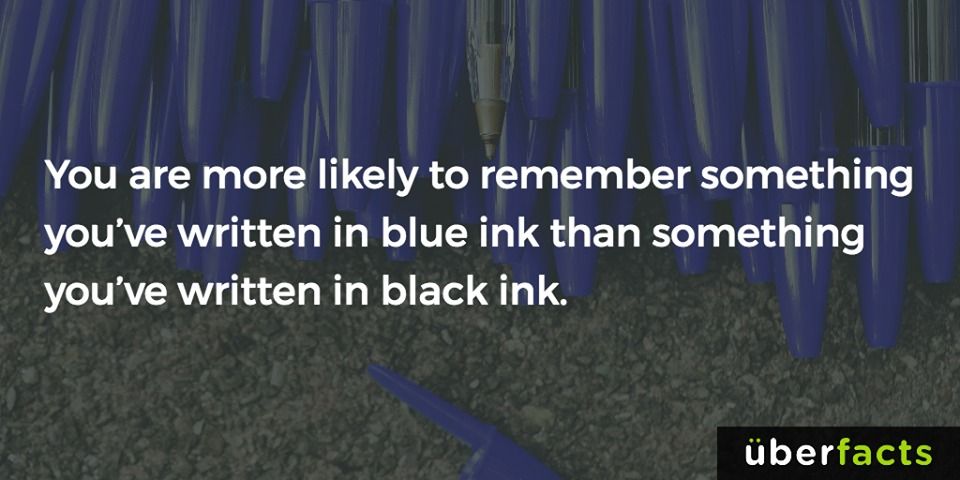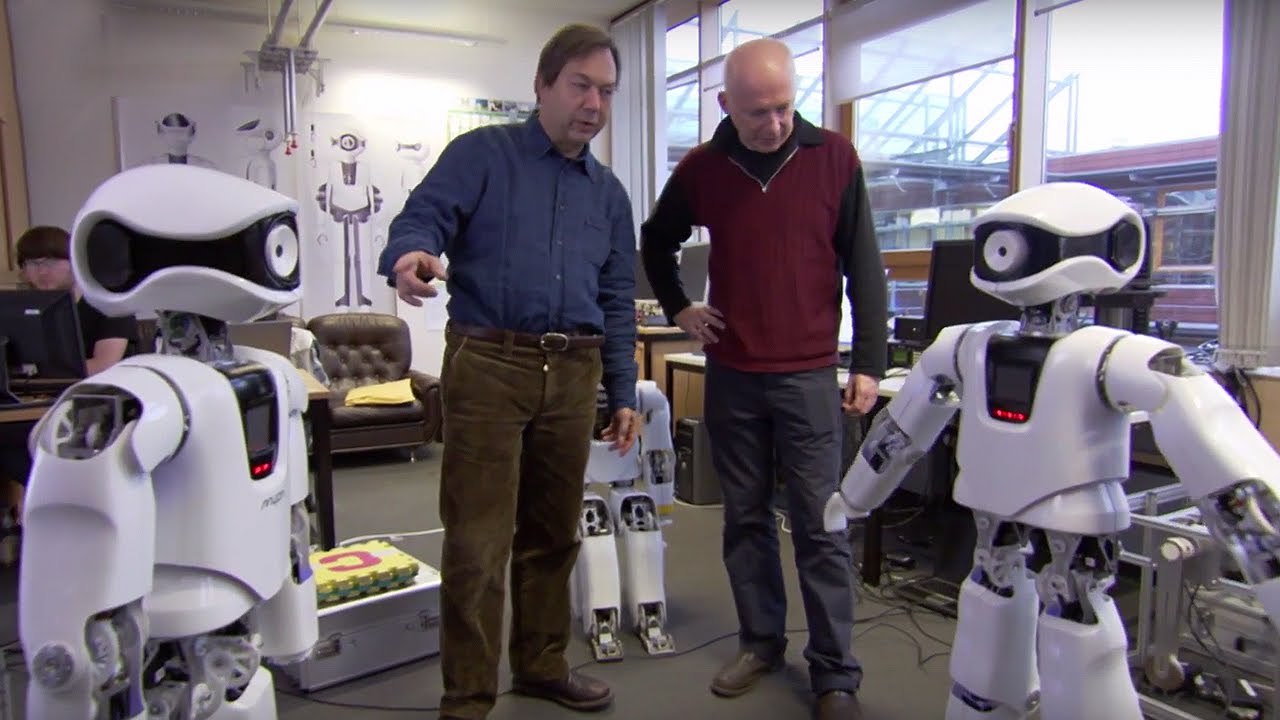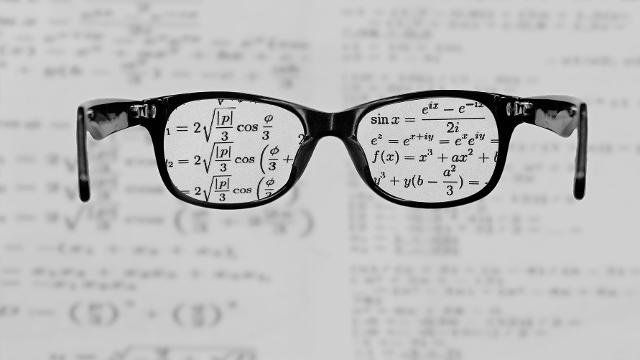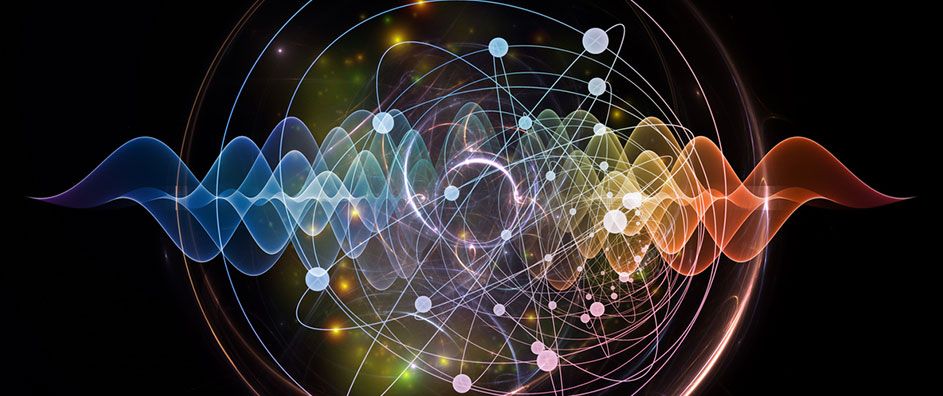U.S. Alliance in Robotics for Manufacturing Means Innovation, Education, More Jobs…
Robotics Online is the premier resource from RIA, Robotic Industries Association, for industrial robotics and automation. Call (734) 994‑6088 to join RIA.



The workplace is going to look drastically different ten years from now. The coming of the Second Machine Age is quickly bringing massive changes along with it. Manual jobs, such as lorry driving or house building are being replaced by robotic automation, and accountants, lawyers, doctors and financial advisers are being supplemented and replaced by high level artificial intelligence (AI) systems.
So what do we need to learn today about the jobs of tomorrow? Two things are clear. The robots and computers of the future will be based on a degree of complexity that will be impossible to teach to the general population in a few short years of compulsory education. And some of the most important skills people will need to work with robots will not be the things they learn in computing class.
There is little doubt that the workforce of tomorrow will need a different set of skills in order to know how to navigate a new world of work. Current approaches for preparing young people for the digital economy are based on teaching programming and computational thinking. However, it looks like human workers will not be replaced by automation, but rather workers will work alongside robots. If this is the case, it will be essential that human/robot teams draw on each other’s strengths.


For United Shore CEO Mat Ishbia, it’s not about what you know.
Ishbia says that specific skills, such as salesmanship, graphic design, or programming, can be taught. Those don’t guarantee whether or not a candidate will succeed at the Troy, Michigan-based financial services business.
“I don’t care about your résumé,” Ishbia says. “I don’t care about what school you went to. I don’t care about what you did at your last company.”

I use to hate it when my dad insisted that I read something longer than 2 paragraphs. (Something related to his interests, but not to my school work, his career or our family). That’s because it shouldn’t require a 30 minute read to determine if it piques my interest, as it does his.
But I am asking Lifeboat readers to invest 37 minutes in the video linked below. Even if you give it just 5 minutes, it will provide sufficient motive for you to stick around until the end. [continue below video]
I want you view it because we are on the threshold of something bigger than many people realize. Bitcoin and the blockchain is not just a new currency or a way of distributing books among network users. We are becoming involved with a radical experiment in applied game theory that is shockingly simple, but nascent. Opportunities abound, and the individuals who recognize those opportunities or learn to exploit them will benefit themselves as they benefit the global community. Because it is so radical (and because it clashes with deeply ingrained beliefs about authority, control mechanisms, democracy and money), it seems complex and risky—but it’s really not.
I am a Bitcoin educator and columnist. I have taught college seminars in Bitcoin and I will be keynote speaker at the 2017 Digital Currency Summit in Johannesburg. I design online courses for the most popular cryptocurrency self-learning groups. But Antonopolous runs circles around me. He is a Bitcoin evangelist extraordinaire. All of his presentations are superb, but this one provides context. It conveys an understanding that Bitcoin novices and professionals equally appreciate. It answers questions the viewer hadn’t asked, but would have.
There are hundreds of videos and PowerPoint presentations that explain how Bitcoin works. But they rarely provide context. Few of them convey why it is such an important development and why it has overtaken biotech & pharmaceuticals as the focus of VCs . Few can explain why an ethereal Bitcoin (a unit that you cannot hold) has just surpassed the value of a unit of gold. And few people realize that volatility has been abating as the increase in value and adoption is surging.
As you watch Antonopolous, you are certain to think about things that you did not previously know—or at least, that you did not reflect upon. My purpose in asking you to view it, is not to sell you on Bitcoin or the blockchain, but to provide the context that may help you to code, consult, write articles, teach, begin trading, start saving, and more.
Philip Raymond co-chairs Crypsa & Bitcoin Event, columnist & board member at Lifeboat, editor
at WildDuck and will deliver the keynote address at Digital Currency Summit in Johannesburg.

On route to Singularity with Bahai.
When I reflect on the Baha’i teachings, which stunningly prefigure many of the discoveries of modern physics, I see an interesting pattern.
As a physicist, I’ve noticed that most of the clearest scientific expressions and explanations in the Baha’i teachings come from the writings and talks of Abdu’l-Baha. Looking carefully, those explanations usually trace back to the original concept provided by Baha’u’llah. However, ultimately Abdu’l-Baha seems uniquely capable of pulling these concepts out, explaining them in clear, modern language, and rendering them intelligible to us—or at least to me.
For example on the question of the ultimate substance of matter, in Baha’u’llah’s “Tablet of Wisdom” we can see the presence of the ideas later expressed by Abdu’l-Baha:


https://www.youtube.com/watch?v=bY_wfKVjuJM&feature=youtu.be
Recently, I saw an article making big deal that a robot can now write. Ok, it only took us 253 years to enhance it a little. Meet the Automaton from Sweden that could write and was designed to look like a young boy. Made in 1774 and still writes today.
We had Automaton that did this since 1774. 1st one was from Sweden and made in 1775.
See more @ One of three surviving automata from the 18th century built by Jaquet Droz, this is ”The Writer” and is the most famou… The Writer Automaton A 240 year old doll that can write, a clockwork creation by Pierre Jaquet-Droz. Pierre Jaquet-Droz (1721−1790) was a Swiss-born watchmaker of the late eighteenth century. He lived in Paris, London, and… On you will find a DVD named ”The Jaquet-Droz androids”. This documentary tells the story of Pierre Jaquet-Droz a sw… From the bestselling children’s novel ”The Invention of Hugo Cabret” to the Oscar nominated film ”Hugo,” automatons — mechanical marvels from a time gone by… Jaquet Droz The Writer Automaton From 1774 In Action: Inspired Hugo Movie. Automato escrevendo no museu do automato e da caixinha de musica em Sainte-Croix, Suiça… identica ao automato visto no filme Hugo Automaton writing in the… A demonstration of the Maillardet’s Automaton at The Franklin Inst.